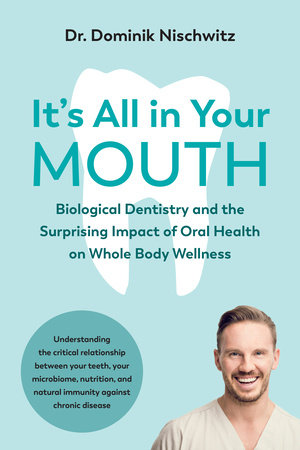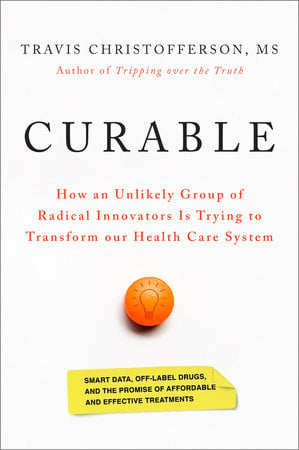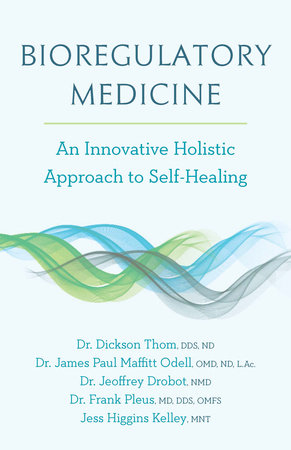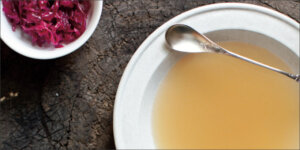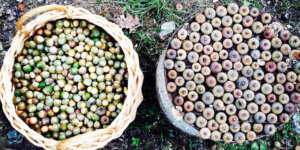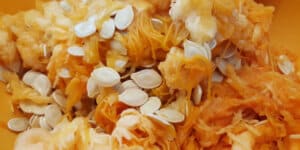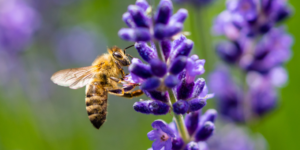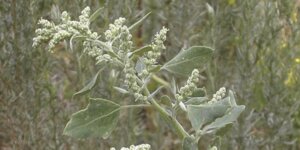Bacteria: The Unsung Heroes of Oral Hygiene
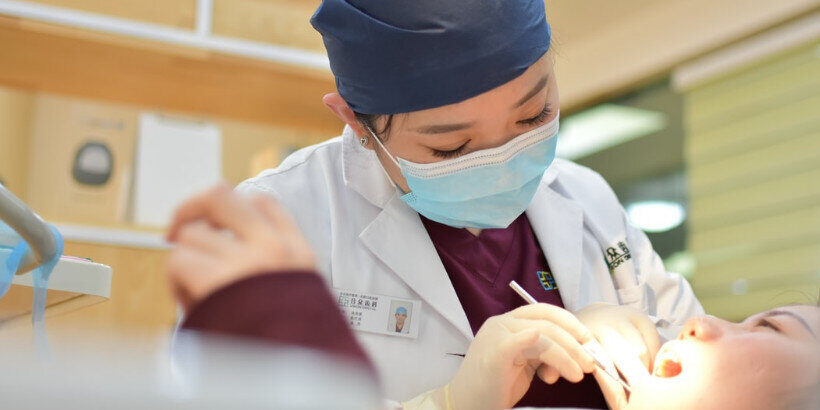
Good oral hygiene equals a squeaky clean mouth, free of all bacteria, right? Wrong! Our mouths are actually at their healthiest when we have a thriving population of good bacteria. So ease up on those microbes, they get a bad rap!
The following is an excerpt from It’s All in Your Mouth by Dominik Nischwitz. It has been adapted for the web
Microorganisms like our bodies so much that no sooner is a new human born than they begin to pounce. The first single-celled organisms settle on the body as we are being pushed out of the birth canal. In the womb a baby is more or less sterile, but as soon as it opens its mouth for the very first time to cry, the first organisms move in and start to make themselves at home. And these first settlers don’t get to keep the place to themselves for long. There are two pretty strong human instincts that make sure of this throughout the rest of our lives:
1. We get hungry.
2. We want to find out what kind of a world we live in.
During the first week of our lives, our eyes are virtually blind, and we’re not even aware of the fact that we’ve got hands yet. But we do have a mouth. Our entire existence revolves around the oral cavity: We are essentially nothing but a hungry, curious mouth. We use it not only to eat but also as our most important organ for experiencing the world around us. It is no accident that it is the organ most closely linked to the brain, to which it is connected via the strongest nerve in our body—the trigeminal nerve—in the most direct way possible. Until around three years of age, we slobber our way around the world, because we can understand the nature of objects and surfaces much more precisely with our mouths than with our hands, which only begin to develop their sense of touch much later on. While we are hard at work filling our heads with information about our surroundings in this way, our mouths simultaneously fill up with more and more new inhabitants.
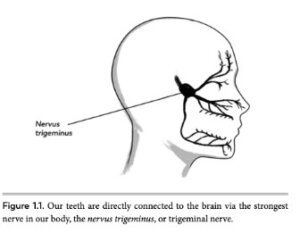
Image from It’s All In Your Mouth
There are a lot of microorganisms coming and going in our mouths during those first few years. Depending on the conditions in our mouths at any given time, different microorganisms feel particularly at home in their environment. When a child is being weaned from breastfeeding, for example, certain microorganisms pack their bags and disappear along with their favorite means of subsistence: maternal milk. At the same time, others that prefer to feed on something a little more substantial begin to move in along with milk replacements. Others still will only drop by when our first teeth start to come through; these organisms prefer to make their homes where these hard substances begin to appear.
From the moment we start to get our milk teeth to the arrival of our permanent teeth, the ecological conditions in our mouths change several times, as does the composition of the microbial community. Once we reach adulthood, each of us has acquired our own typical composition that is unique to us. Microbiologists also describe these microbes as “resident microflora” because they usually stay relatively stable—under favorable conditions—and live in balance with a wide variety of cohabitants. Often microbes that are not able to thrive in this environment also show up, but as long as the ecosystem is not disturbed they have a hard time settling down and soon disappear again.
Generally we think good oral health requires a mouth that is “clean” or low in bacteria. In reality our mouths are only healthy when they are teeming with thriving microorganisms.
Stability and balance among the different types of microorganisms are more important than sterility. Researchers continue to count them, but so far they have been able to find around seven hundred different species of microbe, which all belong to a regular oral flora and even carry out several useful tasks. Promises from mouthwash companies to provide us with the best dental care with their antibacterial products are therefore questionable. These ads are based on relatively old ways of thinking.
While van Leeuwenhoek described bacteria rather neutrally—if not lovingly—as little animals, they developed quite a bad image later on. Since scientists and doctors discovered that they were responsible for infections, bacteria have come under general suspicion of causing illnesses. For decades we have thought of them as lurking parasites that must be fought against. We clean our houses with disinfectant household cleaning substances, wash ourselves with antimicrobial soaps, and eat animals that have been fed with antibiotics.
Luckily we are now starting to look at microorganisms in a slightly different way. When van Leeuwenhoek looked through a very strong microscope over three hundred years ago, he discovered living beings that were able to live closely alongside us. The powerful magnifying glasses that we have access to today enable us to see much more. We are now able to get to know these microorganisms better, and often find them to be thoroughly pleasant little creatures.
Recommended Reads
Recent Articles
You’ve Been Missing Out! Bone Broth is the ultimate superfood, packed with nutrients and goodness. Consider adding this nutrient-rich, immune system boosting bone broth into your daily diet.
Read MoreThese small fruits are a delicious source of nutrients that you can find almost anywhere. Get started on acorn harvesting with help from these simple tips!
Read MoreWondering what to do with pumpkin seeds? Instead of roasting them, try these alternative ways to prepare & use seeds! Plus a must-try pumpkin granola recipe.
Read MoreTired of trying different traditional medicines to relieve inflammation and joint pain? We have the perfect solution: honey bee venom.
Read MoreBefore yanking out the next patch of lambsquarter you find in your yard or garden, consider trying one of the many edible and medicinal uses of this “super weed.”
Read More

